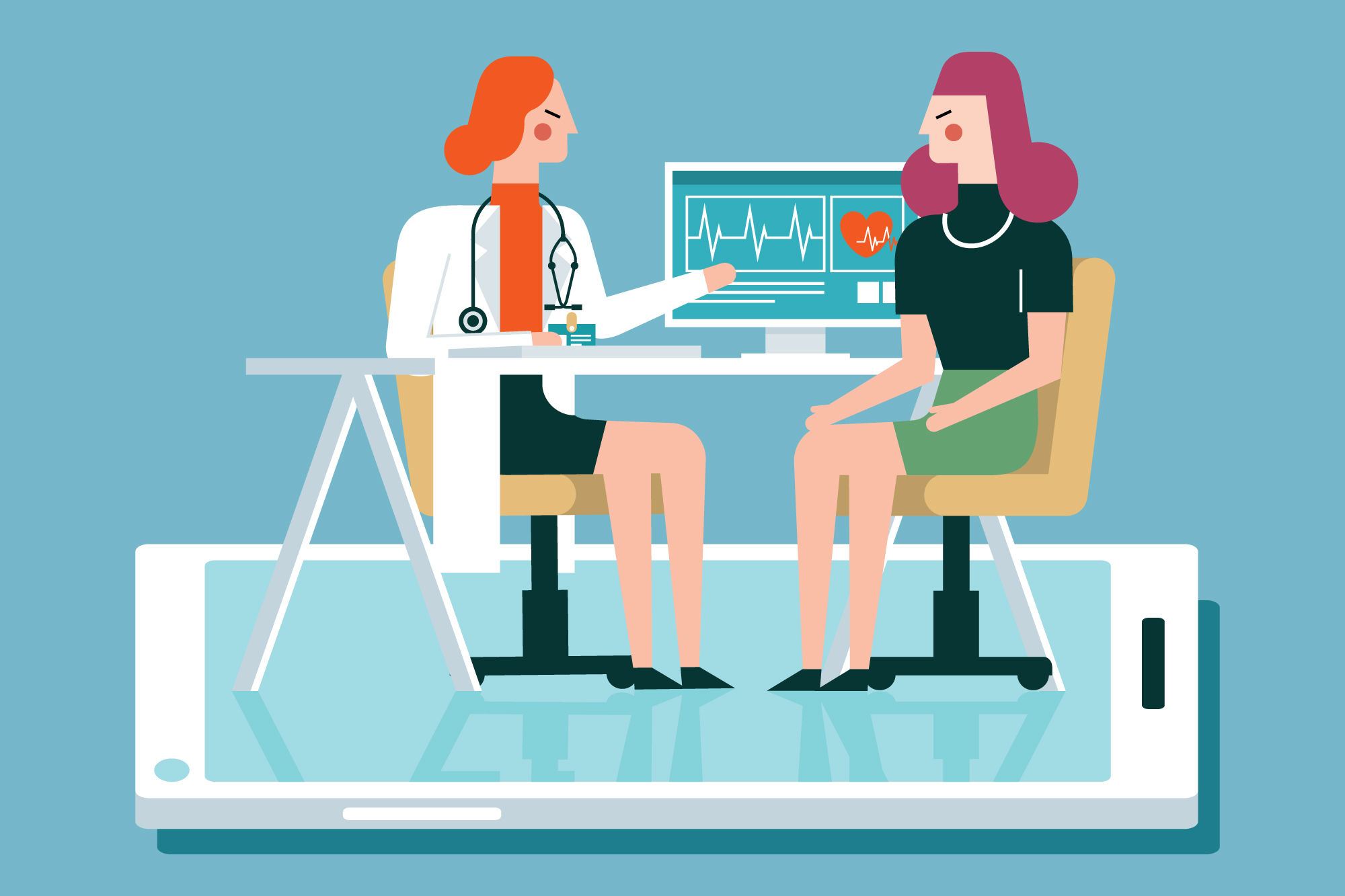
If you were to ask me, I’d say you should get involved in telemedicine now. Doesn’t matter what your training is. Why? Because it’s coming to your practice whether you realize it or not. As insurance companies begin to reimburse for remote encounters and patients realize they don’t have to come to your office to be seen, these types of alternative encounters will become common and in demand.
Think about a product like Venmo. In 2014, a friend asked if she could Venmo me and I was like, “No way. I don’t need another app on my phone.” Now, I use it daily to send and receive money between friends. At this point, it seems so obvious that Venmo is an improvement over trying to carry small cash or splitting a bill with a group. But at first, it’s daunting. The effort to learn something new requires time, and time is a precious commodity.
But to start, what is telemedicine? Basically, it gives your patients the ability to “see” you remotely. As a quick lesson, there are several types out there. One version is “synchronous” telemedicine which is performed similarly to a face-to-face appointment. The patient is seen via a video conferencing platform, which needs to be HIPAA compliant. Unfortunately, you can’t just hit up your patient on FaceTime and call it a telemedicine appointment. There are two people live on their own screens conversing about the topic at hand.
Another version is “store-and-forward.” Through this method, patients have images taken of something, whether that’s skin or perhaps the retina, and then those images are evaluated by a dermatologist or ophthalmologist respectively at a future point, often with salient history attached. Point is, they don’t have to happen at the same time, so the patient and the clinician are able to do their part when convenient. Consults are sent back to an ordering clinician like a PCP or directly back to the patient.
The rub is always how you (or your employer) is reimbursed for that encounter. While reimbursement varies from state to state, chances are that yours will reimburse for those types of encounters sooner than later. Already many private insurers are reimbursing for some of these services and the Center for Medicare and Medicaid Services is exploring their reimbursement for at-need populations largely in rural locations (CMS, 2019).
For those who choose to embrace change, the benefits of telemedicine could be many: knowledge and experience in a field which few have expertise, a previously untapped revenue stream for patients who might wish to avoid physically coming to your workplace, and increased patient satisfaction. The reality is that for patients, there’s little value in actually coming to see in you person. There is value in the relationship formed between clinician and patient, but that will become increasingly untethered from a brick-and-mortar building. One of the surprises for me has been seeing relationships form between clinician and patient while not physically present. Patients still trust their clinicians when seen via video chat.
I don’t think we can fully appreciate how these technologies will impact health care moving forward. Market forces will naturally drive innovation and we’ll see products allow us to interface with our patients in ways we can’t even begin to imagine. Wearable and biofeedback devices will give real-time information on patient condition. Virtual reality will put us “in the room” with the patient, even when miles apart. In a sense, medicine will come full circle. Patients will want you to come “see” them again.
Clinicians who choose to adopt these services will be rewarded by patients who appreciate their services. Of course, this won’t be overnight. Already there are early adopters who utilize telemedicine, but the mainstream is flowing with products and ideas. For clinicians who are looking to occupy a niche which is rife with potential, the time invested in learning and exploring what’s already out there will be paid back with a head start in what will eventually be a very packed race.
Brian Headley is a PA and Telemedicine Director for Lynn Community Health Center since 2016 where he works with several vendors to trial both synchronous and SAF platforms. When not at work, he enjoys traveling and fishing off his houseboat in Beverly.







